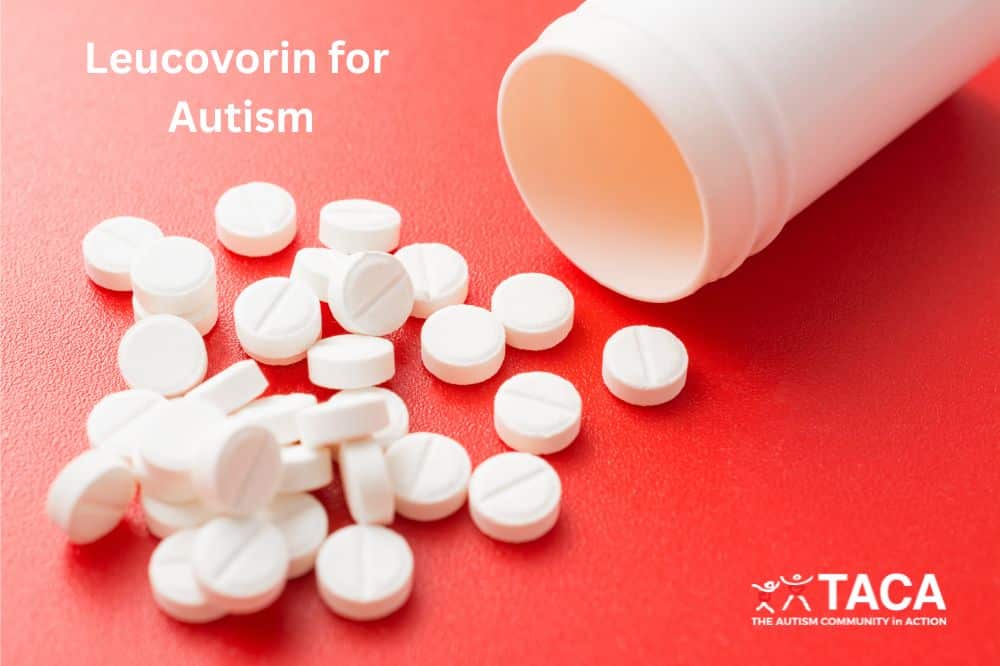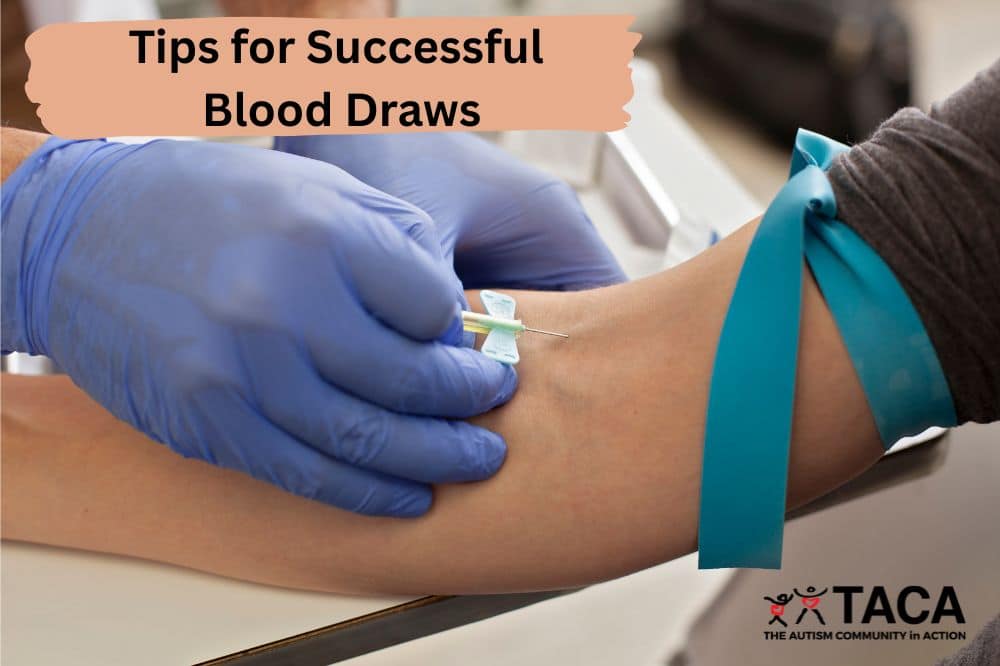Avoiding Toxins

All contents of this resource were created for informational purposes only and are not intended to be a substitute for professional advice, diagnosis, or treatment. Always seek the advice of your physician, therapist, or other qualified health providers with any questions or concerns you may have.
Accumulating evidence establishes a clear link between exposure to pollutants and chemicals with cognitive, motor, and sensory impairments. Scientists believe this is due to epigenetics, where environmental triggers switch specific genes on or off without affecting DNA sequences. In other words, you can reverse the effects of some epigenetic changes by avoiding toxins from chemicals and pollutants.
The first step is to remove the source of toxicity. This is an underestimated and crucial step. After all, you cannot lower the body’s toxic load until you stop introducing toxins into the body.
In this article, you will find a list of items to look out for that typically contain hidden chemicals and pollutants. Specifically, we will discuss how to avoid toxins commonly found in:
- Food
- Personal care products
- Items in and around the home
- Dental care
- Medication
To clarify, we are not suggesting that you go through your house and throw everything away. Instead, when it’s time to replace these items, consider choosing a safer option.
In addition to the information below, you can use the EWG website to help you find products that are safe to purchase (it has consumer guides with information about the toxin level of products in your home). In general, you’ll find that mainstream products tend to be higher in toxic substances.
Avoiding Toxins in Food
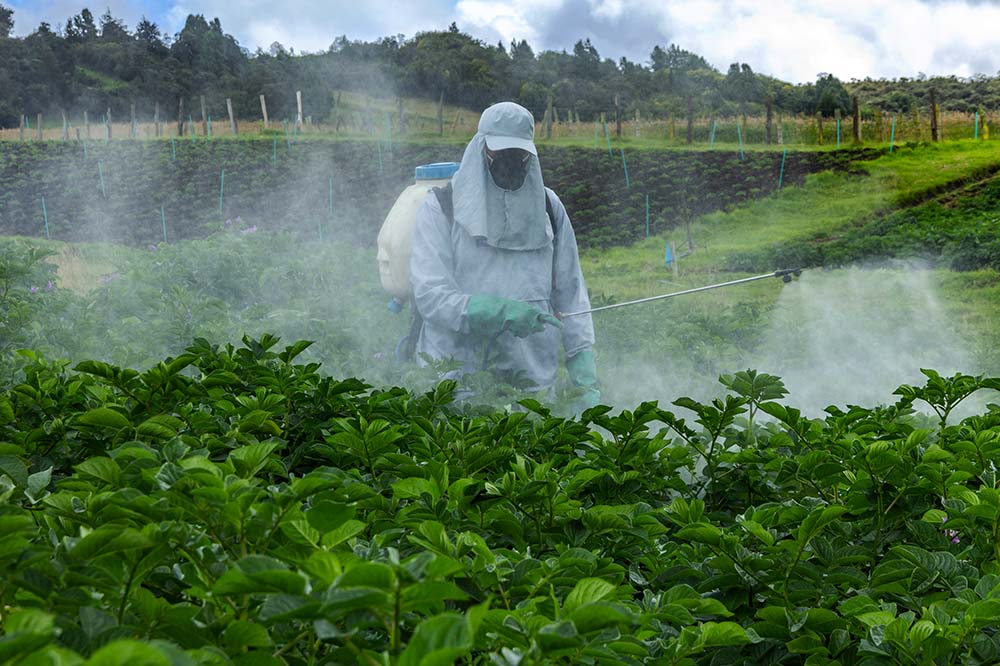
There are many toxins in food to consider avoiding, including pesticides, herbicides, and genetically modified organisms.
In general, you can reduce exposure to toxins by purchasing organic meat and produce. When buying organic isn’t an option, you can keep exposure to toxins at a minimum by using the EWG’s Clean Fifteen and Dirty Dozen lists as guides when you shop.
However, there a few items that require further investigation and consideration. You will find a brief description of them below.
Artificial Colors and Dyes
Artificial food dyes and colorings are chemicals made from petroleum. Manufacturers use them to enhance the appearance of a variety of foods, including condiments and meat.
Reason to avoid artificial colors and dyes:
- Many studies prove that artificial colors and dyes cause or exacerbate hyperactivity in children.
Instead, eat:
- Whole, unprocessed foods.
- Foods that contain natural food coloring made from fruits and vegetables.
Genetically Modified Organisms (GMOs)
A genetically modified organism (GMO) is a plant, animal, microorganism, or other organism whose genetic makeup has been modified in a laboratory. Scientists created GMO plants to resist insects and direct exposure to herbicides and insecticides. As a result, many of the products we consume daily contain GMOs, including corn, canola, soy, sugar, potatoes, and animal products (from animals fed with GMO grain).
Reasons to avoid GMOs:
Because GMOs are relatively new, we don’t have a definitive answer from collective research about their long-term impact on human health. Further compounding the issue is that most of the research claiming that GMOs are safe comes from studies conducted by the biotechnology companies who sell them.
On the other hand, you have an equal number of researchers raising concerns about GMOs. Examples include the following:
- A 2015 study shows that pregnant goats fed with Monsanto Roundup Ready® soybeans produce less nutritious milk than goats fed with non-GMO soybeans, stunting their offspring’s growth.
- Not only was the milk lower in protein and fat, but it also contained low amounts of antibodies essential for healthy growth and immune development.
- Additionally, the milk from the goats fed with GMO soybeans had transgenic DNA (genetic material from another species). Whereas the milk from the goats fed with non-GMO soybeans did not.
- Furthermore, mice studies show that Bt (Bacillus thuringiensis) toxin from GMO crops has adverse effects on the immune system, the GI system, liver, and kidneys.
- Interestingly, this Canadian study of pregnant women showed that 93% of pregnant women had Bt toxin in their bloodstream.
- Bt toxin protects GMO plants from insects. It kills insects by breaking down the lining of their gut, causing it to burst.
Instead:
- Only consume products in the high GMO-risk category if they’re organic or have a Non-GMO Project Verification label.
High Fructose Corn Syrup (HFCS/Fructose/Fructose Syrup/Corn Sugar)
Manufacturers add High Fructose Corn Syrup to processed foods to sweeten them and prolong their shelf life. And, because of bee shortages, they have even begun adding it to honey.
Reasons to avoid HFCS:
- It is usually made from GMO corn.
- Even more alarming, it can contain mercury, a toxin that causes delays in cognition, fine motor skills, speech and language development, and more.
- In order to make HFCS, manufacturers use several chemicals, including caustic soda and hydrochloric acid.
- These two chemicals are often contaminated by mercury to the extent that they’re considered “mercury grade.”
- When manufacturers use mercury-grade caustic soda and hydrochloric acid to make HFCS, they contaminate the HFCS with mercury.
- Hence, mercury contamination of food products resulting from the use of mercury-contaminated HFCS seems like a genuine possibility.
Instead of products that contain HFCS:
- Eat whole, unprocessed foods, such as fresh fruit and vegetables, nuts, dried fruits, etc.
- Purchase products made without HFCS.
- Make baked goods from scratch (homemade cookies taste better anyway!).
Juices
Reasons to avoid or minimize juice intake:
- Many fruit juices have high levels of arsenic, lead, and cadmium. These heavy metals damage the brain and nervous system, resulting in developmental delays, speech delays, behavior issues, learning issues, an increased risk of certain cancers, and more.
- For instance, in this study, every product had measurable levels of at least one heavy metal, and 47% had concerning levels.
- In fact, some of the juice contained levels high enough to harm children with as little as four ounces per day!
- Unfortunately, organic juices are not safer than conventional juices.
- For instance, in this study, every product had measurable levels of at least one heavy metal, and 47% had concerning levels.
Instead:
- Drink water.
- Replace contaminated juices with safe alternatives (for examples, click the link to the study mentioned above).
Large Fish
Reason to avoid large fish:
- While nearly all fish and shellfish contain traces of mercury, fish that are larger and higher up on the food chain accumulate the most mercury and pose a greater risk.
Instead:
- Eat small fish and shellfish that are typically low in mercury.
- For example, shrimp, canned light tuna, salmon, pollock, and catfish.
- Eat wild-caught fish, not farmed fish.
Preservatives
Manufacturers use preservatives to keep fats from becoming rancid, thereby extending a food’s shelf life. Examples of preservatives they commonly use include:
- BHT (butylated hydroxytoluene)
- BHA (butylated hydroxyanisole)
- TBHQ (tertiary butylhydroquinone)
Reason to avoid preservatives:
- Food additives can cause behavior issues and hyperactivity.
- Food preservatives such as TBHQ can harm the immune system
Instead:
- Eat fresh foods
- Make baked goods from scratch (besides the fact they taste better, they make your house smell amazing!)
Nitrites and Nitrates
Manufacturers add nitrites and nitrates to bacon, hot dogs, and lunch meats to give them a pinkish color and stop the bacterial growth of botulism.
Reason to avoid nitrites and nitrates:
- Many studies indicate that they have a potential carcinogenic effect.
Instead, eat:
- Nitrate-free and nitrite-free bacon, hot dogs, and lunch meat
Unfiltered Water
Reasons to avoid unfiltered water:
- First, tap water travels through pipes to get to your home, where it can pick up contaminants.
- Secondly, tap water is especially high in chlorine.
Instead:
- Use a water filter in your home–it’s the cheapest and most environmentally friendly way to filter water.
- This article outlines good strategies to filter your water.
Avoiding Toxins in and Around the Home

Since your child spends most of their time in the home, there is nothing more important than making sure your living space is safe and chemical-free. For this reason, we offer the following suggestions for avoiding toxins in the home.
Cleaning Supplies
Reasons to be cautious with cleaning products:
- Many cleaning products contain chemicals that emit Volatile Organic Compounds (VOCs) into the air. Notably, concentrations of many VOCs are consistently higher indoors (up to ten times higher) than outdoors, causing both long and short term adverse health effects, such as:
- Eye and respiratory tract irritation
- Headaches, dizziness, and nausea
- Loss of coordination
- Visual disorders
- Memory impairment
- Fatigue
- Allergic skin reactions
- Damage to liver, kidneys, and central nervous system
- Cancer
- Examples of chemicals in cleaning products that release harmful VOCs into the air include the following:
- Tetrachloroethene/Perchloroethylene (TCE/PERC): dry-cleaning solutions, carpet cleaners, spot removers, water repellants, paint removers, wood cleaners, glues, sealants, polishes, and lubricants.
- 2-Butoxyethanol: multi-purpose cleaners, stain removers, window sprays, and paint strippers/thinners
- Formaldehyde: heavy-duty cleaners, dishwashing liquids, fabric softeners. Besides cleaning products, you’ll find formaldehyde in the following:
- Building materials such as carpet, plywood, particleboard, medium-density fiberboard (MDF), insulation, adhesives, paint
- Cosmetics
- Fertilizers and pesticides
- Chlorine: bleach, dishwashing detergent, toilet bowl cleaners, and mildew removers.
- Quaternary Ammonium Compounds (QAC/Quat):disinfectants, sanitizers, surface cleaners, antibacterial soaps, and fabric softeners.
Instead of using cleaners with toxic ingredients, you can use:
- Soap and water
- Baking soda
- Microfiber cloths
- Vinegar mixed with water for windows
- EWG VERIFIED™ products
Air Fresheners
Reason to avoid air fresheners:
Instead, remove household odors by:
- Opening the windows.
- Diffusing essential oils.
Fabric Softener
Reason to avoid fabric softeners:
- Fabric softeners work by coating your clothes with a thin layer of potentially toxic chemicals.
- Harmful ingredients in both dryer sheets and liquid fabric softeners are linked to pancreatic cancer and central nervous system disorders.
Instead, use:
- Vinegar in place of liquid fabric softener in the washing machine.
- Simply add it to the fabric softener dispenser.
- It doesn’t leave a smell.
- Wool dryer balls.
Carpeting
Reason to be cautious with carpeting:
Instead, use:
- Zero and low-VOC carpeting.
- Search for guides to help you find the safest options from websites such as My Chemical Free House, Building Clean, or the Healthy Building Network.
- Wood, polished concrete, tile, some types of engineered wood, linoleum (Marmoleum), and wool carpets.
- But, be careful with the finishes and sealers you use with these products. While many safe options exist, others can be incredibly toxic.
Flame Retardant Pajamas
Pajamas can be treated with flame retardants, but many flame retardants are woven right into the fabric they use to make children’s pajamas.
Reason to avoid pajamas made with flame retardants:
- The flame retardants applied to pajamas are endocrine disruptors.
- Endocrine disruptors are chemicals that interfere with the body’s hormones.
- Also, flame retardants are linked to thyroid cancer, hormonal irregularities, overstimulation of adrenal glands, and cardiovascular disease.
Instead, use:
- Tight-fitting (organic, if possible) cotton pajamas.
Mattresses
Since your child spends half their life on a mattress while their body should be resting and detoxifying, it is important to have a non-toxic mattress.
Reason to be cautious when purchasing mattresses:
- In 2007, the US Consumer Product Safety Commission (CPSC) issued a law that mattresses must contain flame retardants. Therefore, most mattresses are sprayed with chemical flame retardants, which are endocrine disruptors.
- Memory Foam products are especially toxic.
- For example, Walter Bader, the author of the book Toxic Bedrooms, sent several mattresses to an Atlanta-based lab. A memory-foam model was found to emit 61 chemicals, including the carcinogens benzene and naphthalene.
Instead:
- Look for mattresses that have a non-toxic certification from an independent third party, such as:
- Please note: by law, natural flame retardants such as wool are allowed to be used in mattresses.
WiFi
Reasons to be cautious with WiFI:
- WiFi emits radiation that the body can absorb:
- The long-term impact of exposure affects overall health.
- While the short-term effect of exposure to WiFi affects sleep, cognition, behavior, and more.
Lower your exposure to WiFi by:
- Placing tablets in “airplane mode.”
- Putting as much distance between you and your router as possible.
- Turning off your WiFi router at night.
Mold
While we understand that mold is not a product, we feel it is worthy of being mentioned in this article because it can impact kids with autism.
Reasons to be cautious with mold:
How to handle suspected mold:
- Real Time Mycotoxins lab is good at picking up mold toxins that may be unseen.
- If there is mold, tightly seal off the room and hire a remediation company.
Avoiding Toxins In The Kitchen
Non-stick Cookware
Reasons to avoid non-stick cookware:
- Teflon pans produce toxic fumes, which can create allergies and flu-like symptoms for users.
- While the makers of non-stick cookware claim that the coating on their pans doesn’t emit hazardous chemicals through everyday use, this study from the EWG shows that they release toxins if you preheat them on high.
Instead, use:
- Cast iron, stainless steel, stone, or ceramic ware.
Plastic Storage Containers
Reasons to avoid plastic storage containers:
- When plastic food containers become hot, chemicals from the plastic leech into your food.
- This means you do not want to place hot food in a plastic container or use them in the microwave.
Instead:
- Invest in a set of Pyrex or Anchor Hocking glass storage containers.
Avoiding Toxins In The Yard
Chlorine Pools
Reasons to be cautious with chlorine pools:
- Chlorine in pools can cause regression in some children with autism due to the chlorine.
- Chlorine in indoor pools can increase asthma risks and be detrimental to the airways of children.
- Disinfection-by-products in pool water have risks to human health.
- Swimming in chlorinated pools stress metabolic pathways.
Mitigate the effects of chlorine by:
- Before swimming, try:
- Showering to saturate the skin.
- Using coconut oil as a barrier on the skin to prevent it from absorbing chlorine.
- After swimming, try:
- Showering to remove chlorine.
- Taking an Epsom salt bath.
- Using taurine as a supplement can help to counter the effects of chlorine.
- Swimming in an outdoor pool to avoid chlorine vapors released into the air.
Pesticides and Herbicides
Reasons to avoid pesticides and herbicides:
- Time and again, it has been proven that exposure to pesticides increases the risk of autism.
- For example, in this study, researchers measured levels of 25 chemicals in blood and urine samples from 1,861 Canadian women during the first trimester of pregnancy, and found a direct link between autism in children and exposure to certain environmental toxicants during pregnancy.
- And this study, which demonstrates that the risk of autism spectrum disorder increases following prenatal exposure to pesticides within 2000 meters of their mother’s residence during pregnancy.
- Likewise, DDT has been linked to autism.
- DDT is a pesticide that was banned in the US in 1972 and Europe in 1986. However, it is still found in trace amounts in foods, and it is not banned in many other countries that import their food to the US.
- Also, studies show that maternal exposure to glyphosate alters gut microbes and increases the probability of autism.
- Glyphosate (the ingredient in Round-Up) is a water-soluble toxin that has gotten into our ecosystem.
- This study shows that there are high levels of glyphosate found in oat cereals marketed to children.
Instead of using pesticides and herbicides, you can:
- Know where your food is coming from and buy organic.
- Use eco-friendly products on your lawn and in your garden.
Avoiding Toxins in Personal Care Items
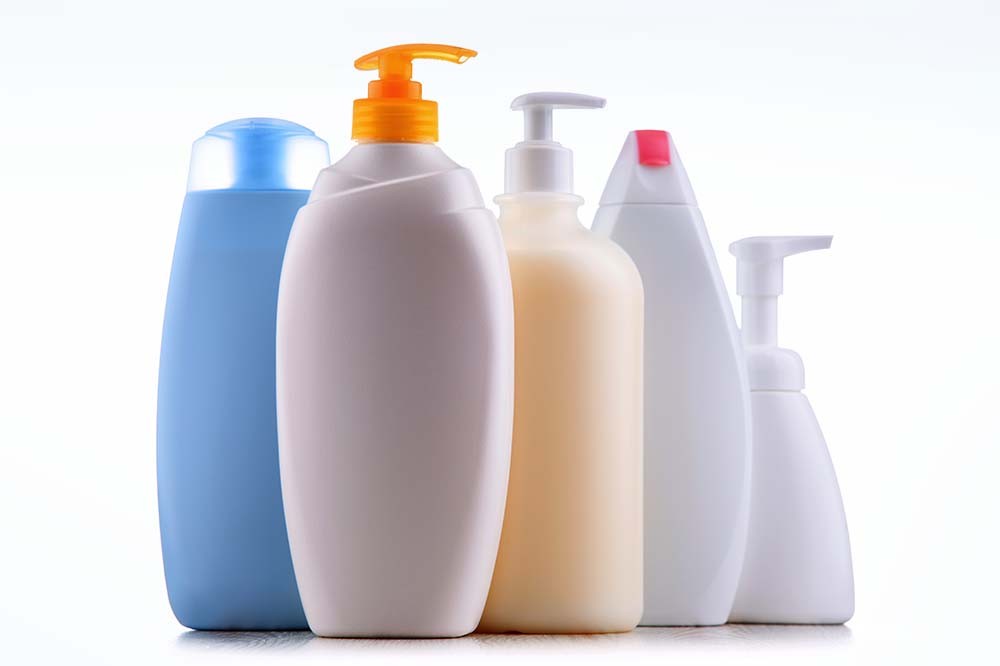
The skin is the body’s largest organ. Because it has cells that are susceptible to damage from chemicals, you want to be extra careful about what you put on it.
When shopping for safe personal care products, you’ll want to do your best to avoid products that contain parabens, phthalates, and triclosan. A vast majority of shampoos, conditioners, soaps, toothpaste, and lotions contain these toxins, so it can be challenging to avoid them. However, if you shop using the EWG’s Skin Deep guide, you can significantly reduce your exposure to them.
Parabens
Parabens are chemicals manufacturers add to personal care items to prevent mold and bacteria contamination, thereby extending their shelf life. Examples of products that may contain parabens include soap, shampoo, conditioner, lotion, sunscreen, deodorant, toothpaste, makeup, and more.
Reasons to avoid parabens:
- They mimic estrogen in the body.
- Exposure to parabens has also been linked to breast cancer.
Limit exposure to parabens by purchasing:
- Products that contain natural preservatives and are paraben-free.
- For example, methylparaben, ethylparaben, propylparaben, butylparaben, or isobutylparaben.
- Preservative-free products. Be sure to use them up quickly as their shelf life is typically six months to a year).
- Anhydrous (without water) products, such as bar soaps and shampoos.
Phthalates
Manufacturers add phthalates to soaps, lotions, deodorants, hair care products, perfumes, etc., to help make the fragrances in them linger. They also make plastic more flexible.
Reason to avoid phthalates:
- They’re an endocrine disruptor, especially in males.
Limit exposure to phthalates by:
- Reducing your use of fragranced products.
- Avoiding products that don’t clearly label the source of their fragrance
- And, avoiding products that contain DEP, DBP, DEHP, fragrance, or perfume.
Triclosan
Triclosan is an antibacterial chemical. It is noteworthy that the FDA bans the use of triclosan in hand soap, but not deodorant, toothpaste, or other products.
Reasons to avoid triclosan:
- It is an endocrine disruptor.
- Also, triclosan can promote the progression of breast cancer.
Limit exposure to triclosan by avoiding products that:
- Contain triclosan and triclocarban as ingredients.
- Claim to be “antibacterial” or “antimicrobial.”
Shampoo and Conditioner
Reasons to be cautious about which shampoo and conditioner you purchase:
- They can contain parabens, phthalates, triclosan, sulfates, and fragrances.
Instead:
- Purchase one of the many non-toxic hair products that are available.
Cosmetics
Reasons to be cautious about which cosmetics you purchase:
- They can contain parabens, phthalates, triclosan, fragrances, and many other harmful toxins.
Limit your exposure to toxins in cosmetics by:
- Using the Good Face Project’s website as a guide when you shop.
Lotions, Eucerin, Aquaphor, Vaseline, and Vicks Vapor Rub
Reasons to be cautious with lotions, Eucerin, Aquaphor, Vaseline, and Vicks Vapor Rub:
- They can contain parabens, phthalates, triclosan, sulfates, and fragrances.
- Also, some contain petroleum, a derivative of oil refining.
Instead:
- Follow the suggestions listed above for avoiding parabens, phthalates, and triclosan.
- Try this safer, home-made recipe for Vapor Rub.
Antiperspirants and Deodorants:
Antiperspirants stop the body from perspiring by blocking sweat glands. In comparison, deodorants protect against odor but not perspiration.
Reasons to avoid antiperspirants:
- The active ingredient in them that blocks your sweat glands is aluminum.
Reason to be cautious with deodorants:
- They may contain harmful chemicals, such as parabens, phthalates, and triclosan.
Instead of antiperspirant:
- Use a safe deodorant
- In addition to the EWG Skin Deep website, this article has ideas for safe alternatives.
Lice Treatments
Reasons to be cautious with lice treatments:
Instead:
- Purchase a safe lice treatment from a health food store.
- Or, use a lice comb and olive oil to comb out and suffocate the lice.
Bug Spray
Reason to be cautious with bug spray:
- Insect repellent may contain DEET, a neurotoxin.
Instead, use:
- An EWG report indicates that picaridin is a good alternative to DEET with many of the same advantages and without the same disadvantages.
- Also, some essential oils can be very effective as bug repellants.
Conventional Sunscreens
Reason to avoid conventional sunscreens:
- A study released in 2020 showed that all six active ingredients in sunscreen were absorbed into the body’s bloodstream – even after a single-use.
- The study also showed those active ingredients remain in the body for extended periods of time.
Instead of conventional sunscreens:
- Choose a sunscreen with a high percentage of zinc oxide and simple ingredients.
- Try rash guards (sun protective clothing).
Fragrances and Perfumes
Reasons to avoid fragrances and perfumes:
- They often contain phthalates (see above) .
- Perfume has petrochemicals. Additionally, the EWG reports that the average fragrance product tested contained 14 secret chemicals not listed on the label, many of which contribute to hormone disruption and allergic reactions.
- Research has shown that fragrances can bring on early puberty in girls.
To limit exposure to dangerous chemicals in fragrances and perfumes:
- Avoid purchasing products that list no information other than “fragrance.”
- Use essential oils.
Dental Care
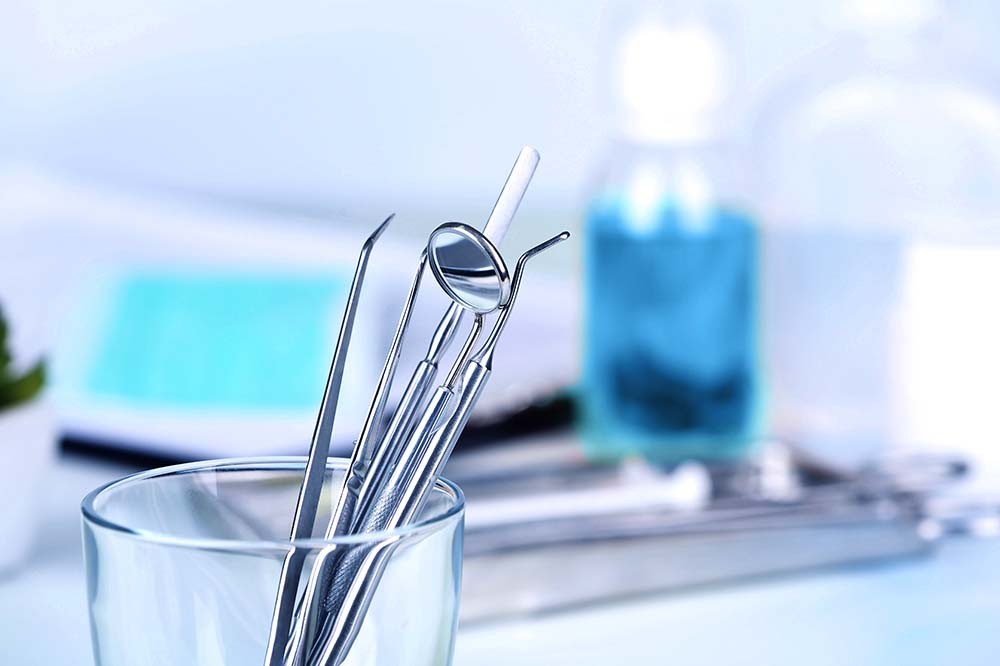
Some dental treatments and dental care items contain toxins to avoid, namely, amalgam fillings and fluoride.
Dental Amalgam Fillings
Dental amalgams are the “silver” fillings that dentists (less commonly) use to fill cavities.
Reason to avoid amalgam fillings:
- They are approximately 50% mercury, a toxin that causes delays in cognition, fine motor skills, speech and language development, and more.
Instead, use:
- Composite fillings.
Fluoride in Treatments and Toothpaste
Reasons to avoid fluoride:
- Fluoride blocks iodine receptors in the thyroid gland.
- The concern is not acute fluoride toxicity but chronic toxicity. In other words, chronic toxicity that occurs over long periods of time from consumption of fluoride-contaminated water, fluoride toothpaste, and other fluoride-containing products.
- Additionally, there are 67 studies linking fluoride exposure to neurodevelopmental disorders.
Instead, consider:
- Xylitol is a proven anti-cavity ingredient. It is a naturally occurring sugar alcohol derived from plants.
- Fluoride-free toothpaste.
Avoiding Toxins in Medications
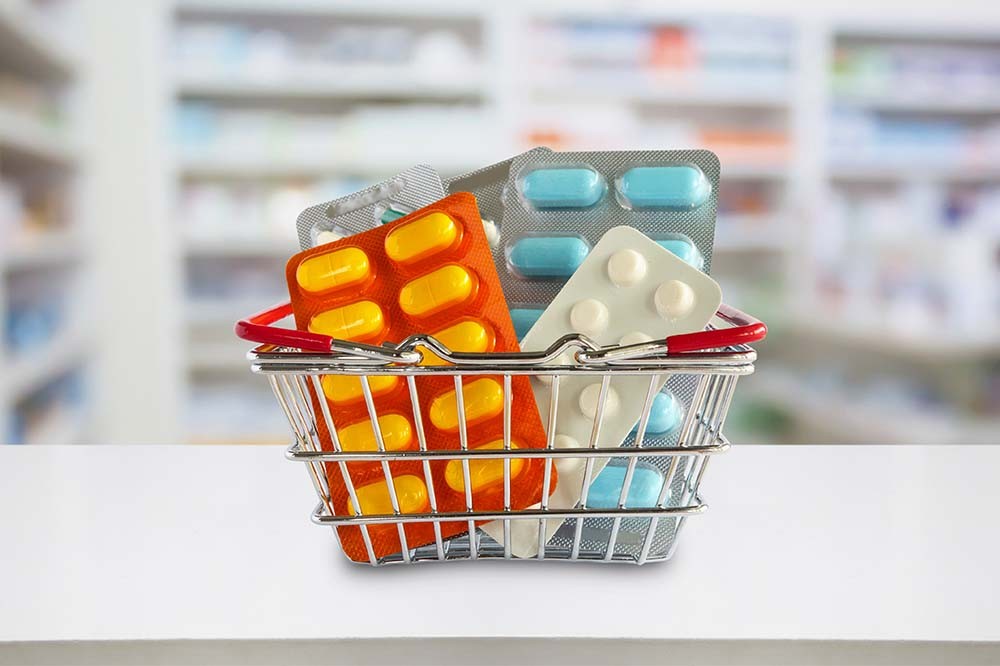
Some over-the-counter and prescription medications contain toxins we want to avoid. Therefore, it’s important to discuss all options, weighing the risks versus the benefits, with your child’s doctor.
Acetaminophen (Tylenol)
Reasons to be cautious about Tylenol:
- Acetaminophen hinders the detoxification pathways in the liver and lowers glutathione, the body’s biggest anti-oxidant.
- Also, this study shows that kids under age 2, who had exposure to Tylenol, among other factors, are at an increased risk for developing autism.
- Similarly, a 2019 study out of John Hopkins University funded by the NIH discovered that acetaminophen (Tylenol) during pregnancy increases children’s risk of ADHD and autism.
Instead, consider:
- One of the safer alternatives from our Sickness Prevention and Treatment Options article.
MiraLAX
Parents are often told to give their child MiraLAX to help alleviate constipation. MiraLAX is polyethylene glycol (PEG) 3350. Polyethylene is the most common form of plastic.
Reasons to avoid MiraLAX:
- When a child takes MiraLAX, they are drinking plastic. If that child has a permeable GI lining, as many kids with autism do, then the plastic has the potential to cross directly into the bloodstream.
- This study showed that PEG inhibited most of the fecal flora’s metabolic activities, which was demonstrated by decreases in total short-chain fatty acids, butyrate, acetate, and fecal bacteria mass. These short-chain fatty acids keep the colon healthy, and it is unknown what the outcome will be when PEG is used long-term.
- Butyrate, in particular, is needed for energy metabolism. Since we already know that kids with autism have trouble producing enough energy, we don’t want to give them a product that will make it worse.
Instead, consider:
- One of the safe and effective alternatives for relieving constipation in our Constipation and Diarrhea in Autism article.
Pharmaceutical Drugs
Reasons to be cautious with pharmaceutical drugs:
- Many prescription medications contain dyes, additives, and fluoride.
- For example, many antidepressants, antibiotics, cholesterol-lowering drugs, chemotherapy drugs, antihistamines, antifungals, and some anesthesia contain fluoride.
- Here is a list of both over-the-counter and prescription drugs that have fluoride.
- For example, many antidepressants, antibiotics, cholesterol-lowering drugs, chemotherapy drugs, antihistamines, antifungals, and some anesthesia contain fluoride.
- A person’s ability to metabolize drugs can change over time, so regular lab work to check liver health should be a part of your on-going care.
Instead, consider:
- Asking a local compounding pharmacy if they can help by compounding your child’s medication without dyes and additives.
Conclusion
To summarize, you can improve your child’s health by avoiding hidden toxins found in food, household items, personal care products, dental care, and medication. While this can seem overwhelming, it’s important to remember that you don’t have to do it all at once. Take baby steps and replace one thing at a time. Eventually, this process will become more manageable, and you will be able to spot toxins in products quickly.



